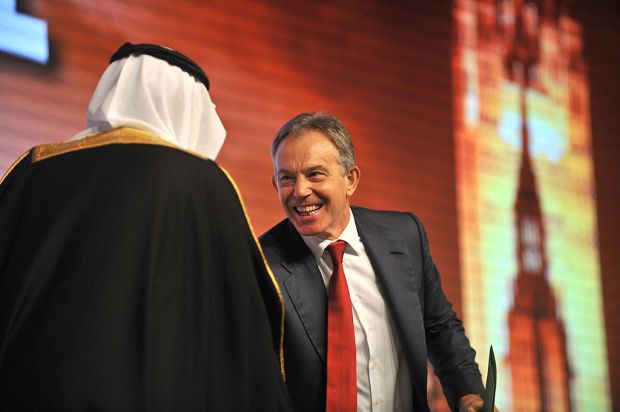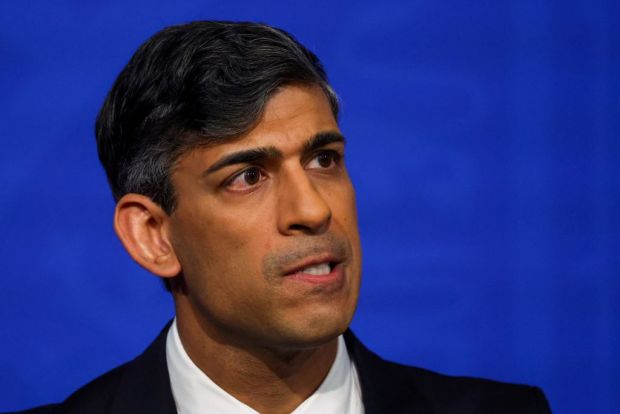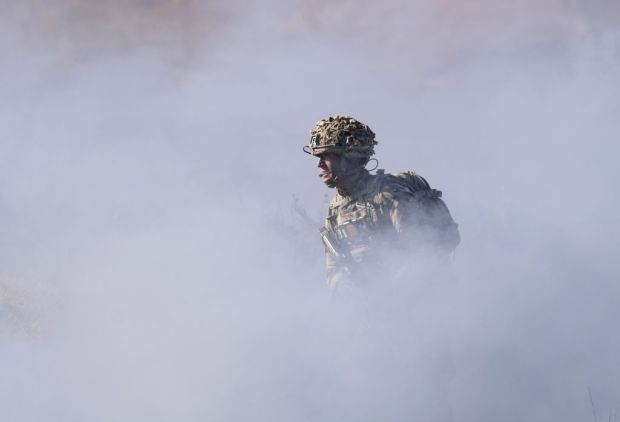Pity the poor 41 Club. The last time an image of a group of men eating dinner caused this much trouble, the art world was collectively trying to work out whether any of Leonardo da Vinci’s masterpiece was left beneath the latest restoration. For those not inducted to social media’s delights, the Conservative MP Andrew Bridgen posted a photo of his dinner with his local branch of the organisation in a very standard piece of constituency engagement. By 7.30 this morning, that photo had been viewed some 5 million times, the count driven up by a torrent of vitriol.
Readers might ask exactly what it was about the photo that attracted so much attention. The answer is that the group pictured was stale, male and pale, out of touch with the demographics of modern Britain, evidence that people aren’t doing enough to integrate, and exposing a lack of inclusivity. What one might also notice is quite how many of the people accusing the group of being too white are notably low in melanin themselves. Why exactly is it that white people living in cities see white people in the countryside as acceptable targets for this hostility?
The simplest explanation is that they’re the ones badly out of touch with Britain. Castle Donington, where the photo was taken, has a population of 6,400 and is 98.64 per cent white. Leaving aside the point that Britain’s non-white population skews young, a conservative estimate of the probability that 17 randomly chosen men from the area would all be white is very high. Activists used to thinking of London as the norm are badly out of touch with modern Britain beyond the city, and immediately assume that any group that isn’t at least 13 per cent black and 18 per cent Asian must simply be deliberately excluding others and accordingly worthy of scorn.
Where this explanation falls down is the failure to adhere to it in cases of overrepresentation. I sincerely doubt that any left activist views the paucity of white MOBO winners as a blight on British society, or disagrees with the FA that the BAME share of British Premier League footballers is ‘a testament to the game and to those black players who have been prepared to work hard and sacrifice in order to make it.’
A better explanation is that all-white gatherings are perceived by some as belonging to an outgroup. If you believe the ‘default’ member of political society is a heterosexual white Christian man, then the great project of the left is to assemble a winning majority out of everyone else. The dislike of white people makes far more sense through this frame. We don’t need complicated models to explain relatively simple prejudices; ethnic minorities which vote progressively are the in-group, white older voters are the outgroup.
A photograph of a group of older white men meeting a Conservative MP is entirely fair game in this framework, no matter what the men in the photo actually believe. Which brings me back to perhaps the most important point of the whole thing: the 41 Club really did not deserve this. It’s a social organisation for older men who have dinner together, which talks quite a lot about loneliness and the importance of companionship, with branches spanning the world from Britain to Zambia.
This raises one last possible explanation: perhaps this emphasis on community is what made the dinner public enemy number one for an online left that can’t understand why everyone else isn’t as miserable and atomised as they are.
Got something to add? Join the discussion and comment below.
Get 10 issues for just $10
Subscribe to The Spectator Australia today for the next 10 magazine issues, plus full online access, for just $10.


















Comments
Don't miss out
Join the conversation with other Spectator Australia readers. Subscribe to leave a comment.
SUBSCRIBEAlready a subscriber? Log in